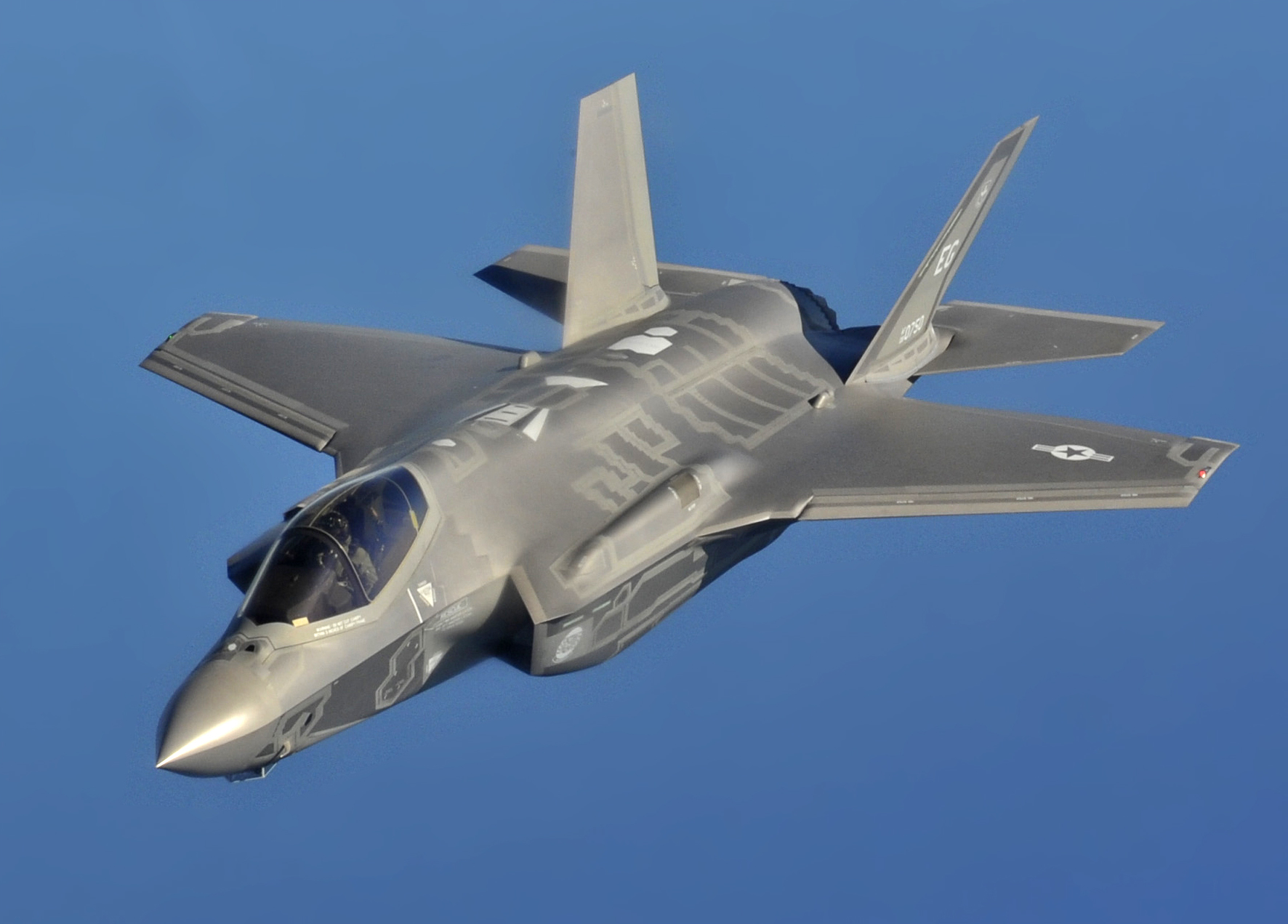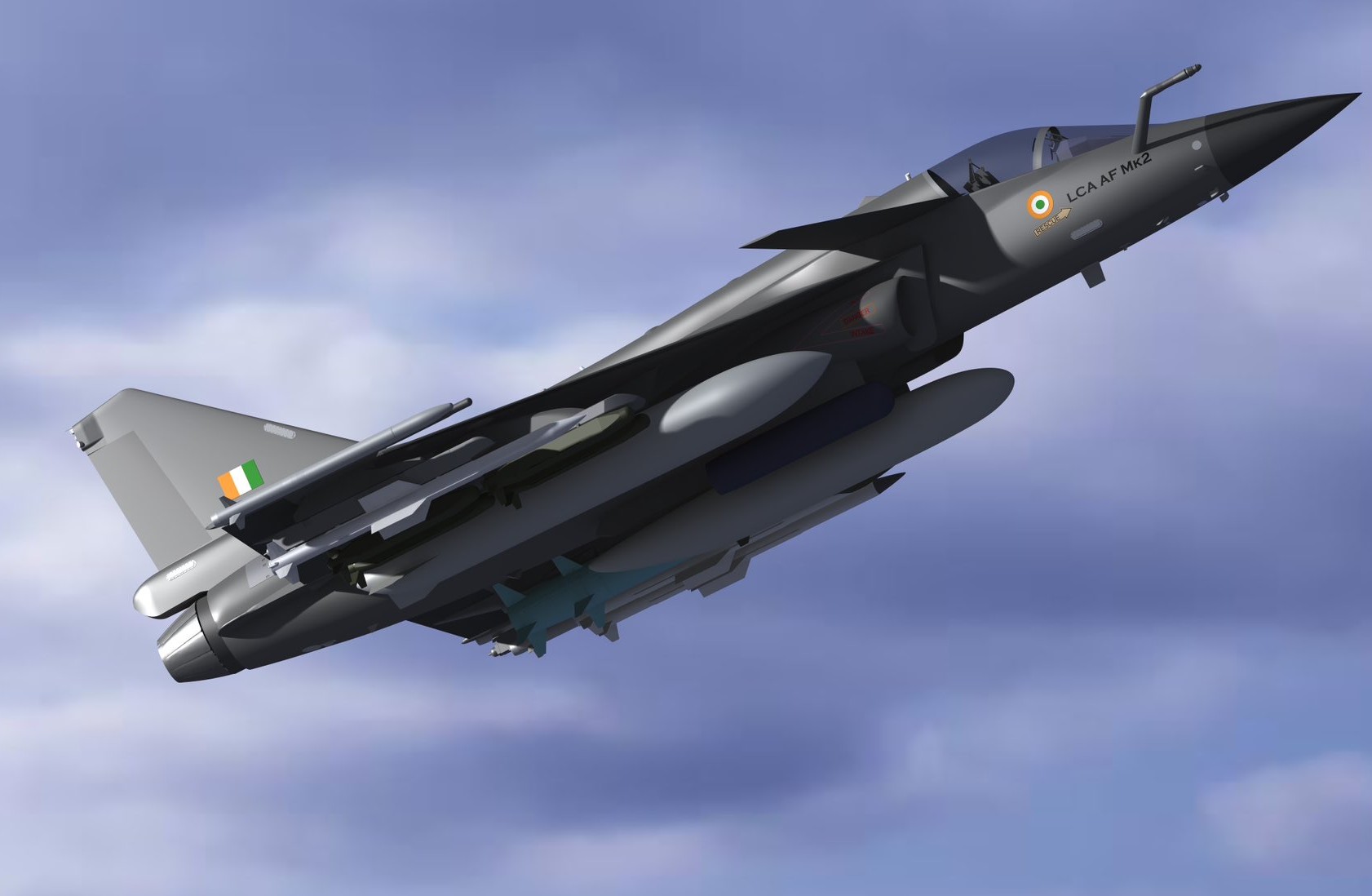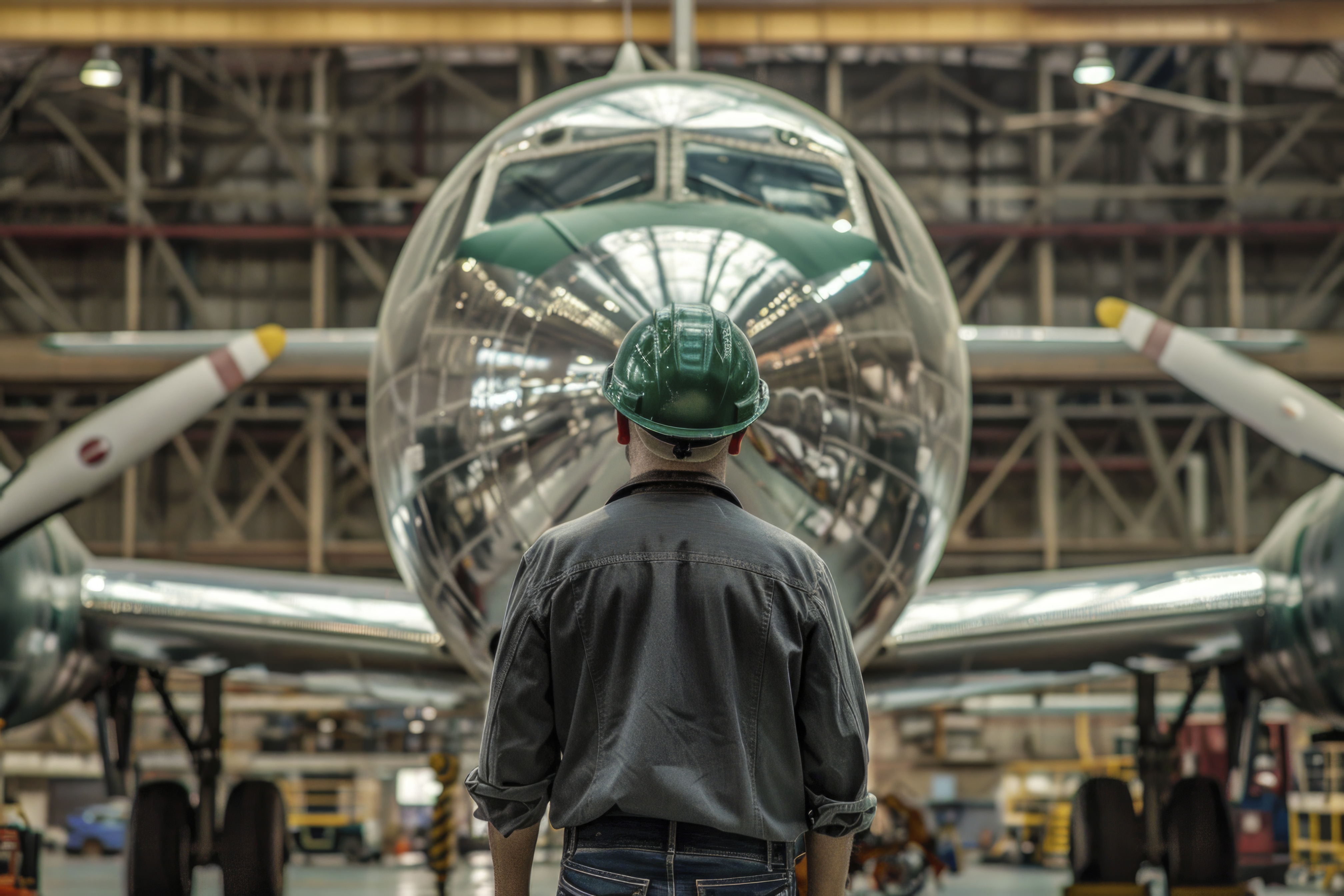The defense and aerospace sectors have long relied on innovation, precision engineering, and advanced materials to meet their ever-evolving demands. One such material that has emerged as a game-changer is aluminium. Known for its light weight, high strength-to-weight ratio, corrosion resistance, and versatility, aluminium plays an indispensable role in modern military and aerospace applications. From high-flying aircraft to rugged defense equipment, aluminium is helping redefine the boundaries of performance and durability.
Why Aluminium is Indispensable:
Aluminium’s appeal lies not only in its weight-saving properties but also in its structural integrity under stress. This is particularly crucial in aerospace, where reducing weight without compromising safety and function is paramount. Components such as fuselage panels, landing gear supports, and even internal cabin structures use aluminium extensively to achieve efficiency in flight and enhanced fuel economy. In defense, aluminium is used in the production of armored vehicles, marine vessels, and even lightweight weapons, offering a unique combination of agility and protection. Additionally, aluminium’s non-sparking and non-magnetic properties make it ideal for sensitive military applications where precision and safety are non-negotiable.

Lockheed Martin F-35 Fighter Jet uses high-grade aluminium alloys in several airframe sections to reduce overall weight and increase agility without compromising strength.

HAL Tejas, India’s light combat aircraft uses aluminium alloys for its airframe, ensuring speed, maneuverability, and efficient fuel usage.
Extended Role in Modern Innovation:
Beyond traditional defense and aerospace manufacturing, aluminium is now central to the future of aviation and national security. With the advent of drone technology and the increasing emphasis on unmanned aerial systems (UAS), aluminium provides an optimal balance of durability and weight reduction. It also supports advancements in modular military systems—portable shelters, surveillance equipment, and even mobile bridges—where strength and ease of transport are crucial. Additionally, with growing environmental consciousness, aluminium’s recyclability is becoming a critical factor in designing sustainable defense and aerospace solutions. Research is continuously pushing the boundaries of aluminium alloys, introducing variants that perform even under the most extreme temperature or pressure conditions, ensuring that this metal remains future-proof.
Conclusion
Aluminium is not just a structural material—it is a strategic asset in defense and aerospace. Its widespread adoption in aircraft, combat vehicles, and even space missions showcases its unmatched versatility and reliability. As military technology and aerospace engineering continue to evolve, the demand for smarter, lighter, and stronger materials is only growing. Aluminium, with its unique properties and proven performance, stands at the forefront of this transformation. Whether soaring through the stratosphere or protecting forces on the ground, aluminium continues to power precision, push innovation, and secure our skies and borders. It is not merely shaping the future—it is defending it.





